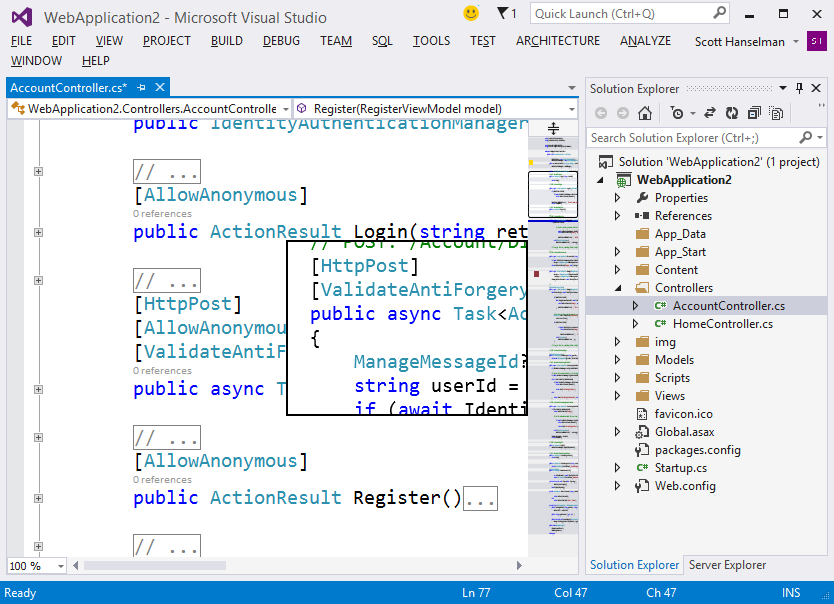
The iOS and Android variants are called Xamarin.iOS and Xamarin.Android, respectively. Instead of the weirdly asymmetric MonoTouch and Mono for Android names, the underlying platform is called Xamarin. The first important thing about Xamarin 2.0 is that the awkward naming has been cleaned up. Xamarin 2.0 is the first full realization of that ambition.

The company wants to marry highly productive tools and development environments to easy cross-platform development, while still allowing developers to tap into all the rich underlying capabilities each platform has to offer. Xamarin's underlying goal has been to create the best mobile development experience. They're producing a wide range of apps, with the major categories being internal use line-of-business apps and games.

Today it boasts 12,000 paying customers and close to a quarter of a million developers now using the Mono stack. In spite of these rough edges, the company found an eager audience and grew rapidly. Attachmate, however, was only interested in two things: Novell's library of patents and the SUSE Linux business it bought in 2003. Throughout the years, Novell had acquired a range of companies in an effort to move beyond its file and print serving business. When the one-time king of corporate networking was taken over by The Attachmate Group, one of Attachmate's first moves was to lay off large portions of Novell's workforce. The company Xamarin rose from the ashes of Novell. I've been taking a look at it for the past few weeks to see how it all works. Topping it all off, there's a new pricing model that starts from free.

To make apps easier to build, Xamarin now offers a component store, giving Xamarin developers instant access to a range of free and paid pre-built libraries and user interface controls. Don't want to use Visual Studio? Xamarin has a new cross-platform IDE, Xamarin Studio. You can now develop and debug apps for the iPhone, iPod touch, and iPad in Visual Studio in Windows. NET development environment, the one that almost every C# developer calls home-you were out of luck. If you wanted to use Visual Studio-the premier C# and. But one important detail has always been missing. Since 2009, it's been possible to develop iOS applications using C# and.


 0 kommentar(er)
0 kommentar(er)
